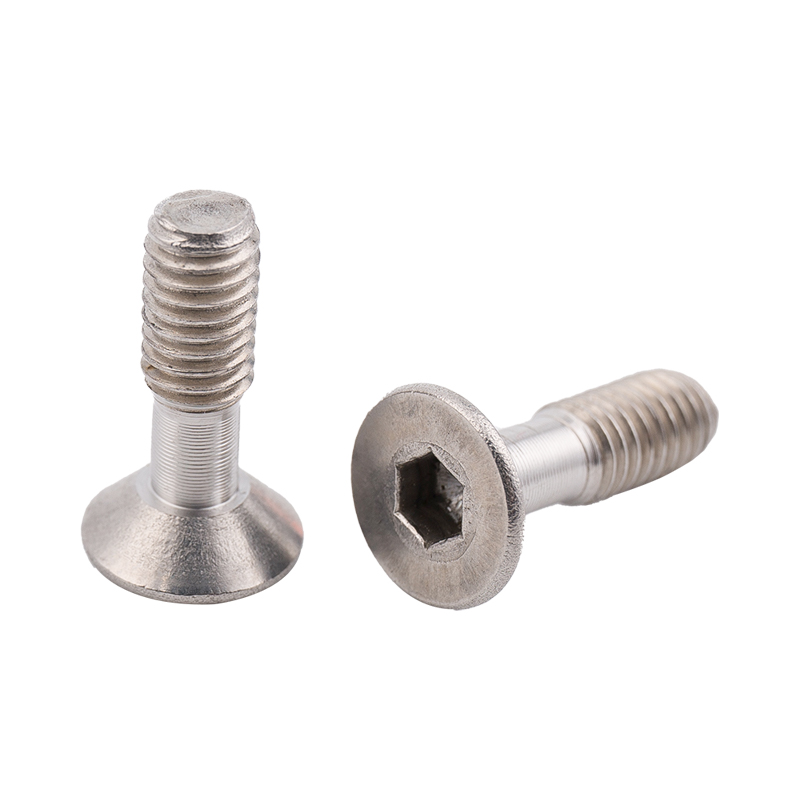-
CBB61 1.2uF/400V Black Film CapacitorsThe CBB61 1.2uF/400V capacitor features a black casing with black dielectric material, measuring 37mm × 24mm × 13mm. It includes mounting holes for se...
-
CBB61 1.5uF/400V CapacitorsThe CBB61 1.5uF/400V capacitor shares the 37mm × 24mm × 13mm black casing and black dielectric material with its 2.0uF counterpart. It also features m...
-
CBB61 2.0uF/400V CapacitorsThe CBB61 2.0uF/400V capacitor comes in a black casing with a black dielectric material, measuring 37mm × 24mm × 13mm. It includes mounting holes for ...
-
CL21 155/400V CapacitorsThe CL21 155/400V capacitor measures 22.5mm × 17.5mm × 10.3mm and is designed with a brown encapsulated casing, offering robust insulation and environ...
-
CL21 105/630V CapacitorsThe CL21 105/630V capacitor has dimensions of 22mm × 12.5mm × 7mm and features a brown encapsulated design, providing enhanced insulation and mechanic...
-
X2-104uf/305V CapacitorsThe X2-104uF/305V capacitor measures 18mm × 12mm × 11mm and features a yellow shell and yellow dielectric material, ensuring reliable insulation and l...
Practical Guide to Choosing and Using Stainless Steel Screw — Grades, Installation, and Maintenance
Industry News-This article provides practical, hands-on guidance for selecting, installing, and maintaining a stainless steel screw. It focuses on specific choices (grade, head & drive type, coating), torque and installation tips, corrosion behavior, and routine inspection—information meant for engineers, maintenance teams, and buyers rather than broad theoretical discussion.
Content
- 1 1. Selecting the Right Stainless Steel Screw: Grades and When to Use Them
- 2 2. Head Styles, Drive Types and Application Match
- 3 3. Installation: Torque Guidance and Best Practices
- 4 4. Corrosion, Galling and Coatings — Practical Measures
- 5 5. Thread Types, Self-Tapping vs Machine Screws, and Hole Preparation
- 6 6. Storage, Inspection and Maintenance Practices
- 7 7. Quick Checklist Before Final Assembly
1. Selecting the Right Stainless Steel Screw: Grades and When to Use Them
Choosing the correct stainless steel grade is the first practical step. Common grades used for fasteners are:
- 304 (A2): Good corrosion resistance in indoor environments and light outdoor exposure; low cost and widely available.
- 316 (A4): Superior resistance to chlorides and marine environments; recommended for coastal, chemical, or food-processing use.
- 410 / 420 (martensitic): Higher hardness after heat treatment; used where wear resistance and higher tensile strength are required, but corrosion resistance is moderate.
Practical tip: for outdoor architectural fittings or anything exposed to salt spray, default to 316. For general indoor assembly, 304 is typically sufficient and more economical.
2. Head Styles, Drive Types and Application Match
Match head style and drive type to the application to ensure proper torque delivery, finish, and accessibility:
- Pan / Button / Oval heads: used where a low profile or decorative finish is desired.
- Flat countersunk heads: provide flush surface for furniture, trim, and panels.
- Hex/Socket heads: preferred in machinery for high torque and repeatable tightening.
- Drive types — Phillips, Pozidriv, Torx, Hex, Slotted: Torx/T-star and hex sockets provide better torque transfer and reduce cam-out in mechanical assemblies.
3. Installation: Torque Guidance and Best Practices
3.1 Pre-installation Checks
Before installation, confirm thread engagement (minimum 1.5× screw diameter into tapped metal), check mating thread quality, and ensure the fastener and parent material are compatible (avoid galvanic couples without isolation).
3.2 Torque Ranges (Practical Example)
Below is a practical reference table for commonly used stainless steel machine screws. Use the table as starting guidance—actual torque should be validated on the assembly with a calibrated torque wrench and adjusted for lubrication and thread condition.
| Screw Size (M) | Typical Torque (Nm) — Dry | Typical Torque (Nm) — Lubricated | Recommended Application |
|---|---|---|---|
| M3 | 0.6 – 1.0 | 0.4 – 0.7 | Electronics, small panels |
| M6 | 6 – 8 | 4 – 6 | Small machinery, brackets |
| M10 | 30 – 45 | 20 – 30 | Structural connections, equipment mounts |
Important: stainless steels are generally galling-prone. Where repeated assembly/disassembly or high clamp forces are expected, use proper lubrication, anti-seize compounds specified for stainless fasteners, or consider 316L with controlled surface finish.
4. Corrosion, Galling and Coatings — Practical Measures
Stainless steel screws resist corrosion, but performance depends on grade, environment, and surface finish. Key considerations:
- Chloride environments: prefer 316 / duplex or higher alloys; 304 will corrode faster near coasts.
- Galling prevention: apply molybdenum-based anti-seize or PTFE lubrication; use dissimilar materials when appropriate.
- Surface treatments: passivation restores chromium oxide film; electropolishing reduces crevices and improves corrosion resistance.

5. Thread Types, Self-Tapping vs Machine Screws, and Hole Preparation
Understand the difference to avoid assembly issues:
- Machine screws / bolts: used with tapped holes or nuts—provide predictable clamping when threads are clean and accurately sized.
- Self-tapping screws: form threads in softer materials (plastics, thin sheet metal); pre-drill pilot holes at recommended diameters to reduce stress and ensure proper engagement.
- Thread engagement: aim for at least 1.5× the screw diameter in metal; in plastic, use inserts or helicoils for repeated assemblies.
6. Storage, Inspection and Maintenance Practices
Good practices reduce failures and maintain appearance:
- Store stainless screws in dry, ventilated containers to avoid staining from contact with carbon steel or salt residues.
- Inspect fasteners for surface discoloration, thread damage, and evidence of galling before use; reject damaged items.
- During maintenance, clean and re-apply appropriate lubricants or anti-seize when reassembling stainless connections.
7. Quick Checklist Before Final Assembly
Use this short checklist to avoid common errors:
- Confirm grade (304 vs 316) based on environment.
- Select head & drive type for required torque and finish.
- Verify thread engagement and pilot hole sizes.
- Apply anti-seize if needed and set torque per validated specifications.
A correctly selected and installed stainless steel screw provides reliable, long-lasting fastening. Prioritize grade selection, correct torque, and anti-galling measures to avoid common field failures and ensure consistent performance in the intended environment.



 русский
русский Español
Español